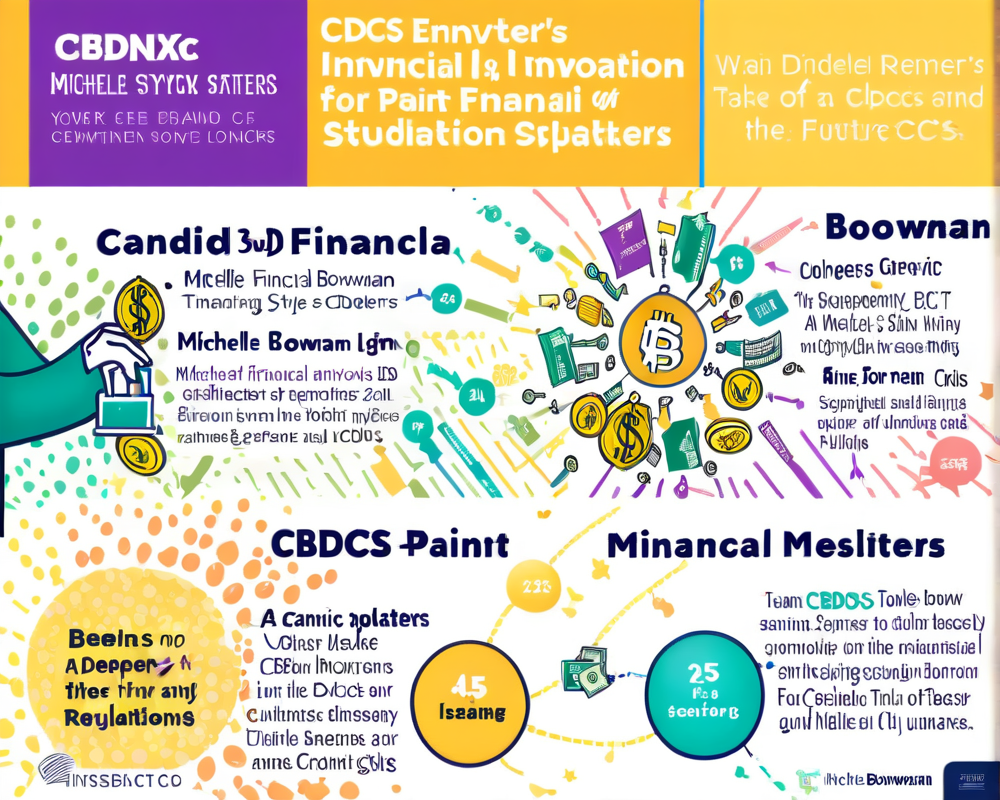The Ethereum Surge: What’s Happening?
Recently, Ether (ETH) has been like the popular kid in class, strutting its stuff as its value skyrocketed from $1,800 to a jaw-dropping $2,480 since April kicked off. That’s nearly a 30% increase! But hold your horses – this surge comes after Ethereum has been getting quite the side-eye due to concerns around network congestion and transaction fees, which have become a growing concern.
The Cost of Doing Business: Transaction Fees
Since mid-February, the average cost of transactions on the Ethereum network has stubbornly hovered between $16 and $20, a situation that’s less than ideal for anyone trying to make smaller transactions. In fact, it hit an all-time high of $42 on February 23! If that doesn’t scream “ouch,” I don’t know what does.
Upgrading the Network: The Berlin Hard Fork
Then came the Berlin hard fork, Ethereum’s way of saying, “Hey, let’s fix some things, shall we?” This upgrade introduced four Ethereum Improvement Proposals (EIPs) aimed at modifying the gas fee requirements and facilitating new transaction types. However, as fancy as Berlin sounds, it’s like putting a Band-Aid on a boulder: it addresses some issues but doesn’t solve the deeper scalability problems bubbling beneath.
The Elephant in the Room: EIP-1559
Cue drumroll for the London hard fork and EIP-1559! This upgrade is designed to shake things up further, but will it actually fix Ethereum’s ongoing dramas? According to Abdelhamid Bakhta, one of the architects behind EIP-1559, the upgrade won’t necessarily reduce congestion or excessive fees. Instead, it introduces the idea of “block elasticity,” which theoretically doubles capacity but leaves current space availability unchanged. It seems like a clever way to say, “More of the same, just with a shiny new label.”
The Miners’ Dilemma
Bakhta sheds light on the miners’ predicament as well. With rewards set to diminish by 50% after the London hard fork, it’s no surprise that some miners are raising their pickaxes in protest. Yet, Bakhta noted these miners were aware of the transition to proof-of-stake; it wasn’t exactly a well-kept secret since it was first introduced in a 2018 article by Vitalik Buterin.
Layer-Two Solutions: The Real MVP?
Lots of folks in the crypto space are looking to layer-two solutions for salvation. Jan Strandberg, who’s deep in the DeFi game at Yield App, argues that while the London hard fork may grant some relief from high gas fees, true salvation will come only when Eth2 is up and running, promising to scale Ethereum’s transaction capabilities from a modest 15 to a whopping 100,000 per second. Now that’s the real deal!
The Risks of EIP-1559: What Could Go Wrong?
So, what are the potential hazards lurking in the shadows of EIP-1559? Bakhta reassures us that the Ethereum development team has thought this through. They studied the economic implications and performance impacts, ensuring the new model is secure while capable of handling larger blocks. With blocks being processed four times the size of what we currently see, it sounds like they may know what they’re doing. Thank goodness for teamwork!
Conclusion: Is EIP-1559 the Holly Grail?
Will EIP-1559 lead to the promised land of Ethereum prosperity? Or will it simply give us a temporary breather while the underlying issues remain unsolved? As the community waits for Eth2, the landscape remains uncertain. But one thing’s for sure: Ethereum enthusiasts need to hold tight as they ride out the highs and lows of this thrilling crypto rollercoaster.




